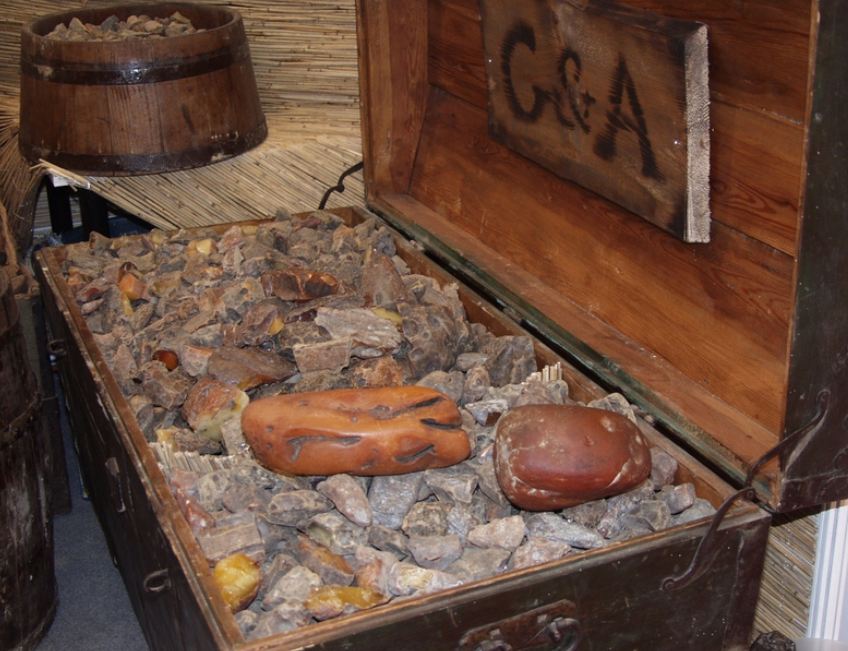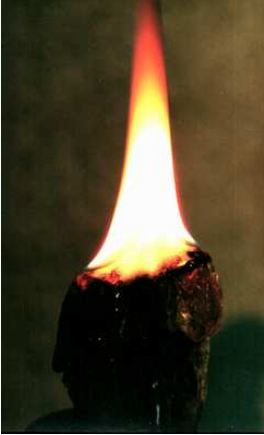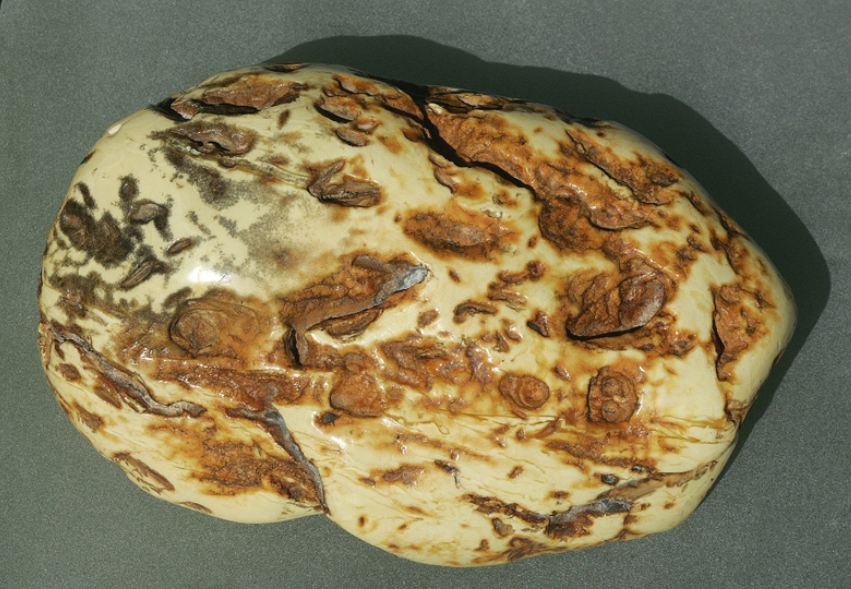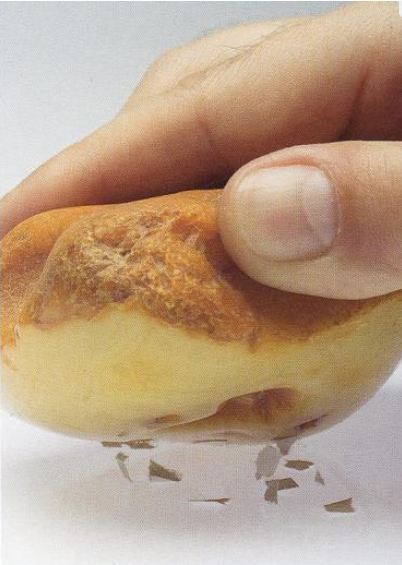| Main » Articles » About Baltic Amber |
Amber (or succinite) is a fossil pine (Pinus succinifera) resin that has achieved a stable state through oxidation, influence of micro-organisms and other processes. Taking into consideration chemical features, resin is a mixture of organic compounds and is assigned to the class of terpenes. Resin isn’t soluble in water, has a specific smell, and is sticky in the beginning. Resin had lots of terpenes, which prevented from crystallizing. But terpenes evaporated and resin hardened, oxidized and isomerated. Resin of pine trees was exposed to different temperature and weather conditions. It resulted in a variety of their chemical and physical properties. Therefore, many pieces of amber are different in form, hardness, and transparency, even though they have been found in the same place.
Different amber pieces are found: from the size of crumbs of 1-2 mm to bars of one meter length and about 10 kg weight. A few big amber pieces are known - the bigger the piece the more rare it is. The biggest amber piece is of 47 cm length and 9.817 kg. weight. It is in the Berlin Natural Science Museum. The biggest amber piece in Lithuania is in Palanga Amber Museum. It weighs 3.698 kg. In Amber Museum-Gallery in Vilnius (Šv. Mykolo 8) the biggest amber piece weighs almost 3 kg., and a pride of Amber Gallery-Museum in Nida, is a piece of amber weighing over 2 kg. Amber distinguishes itself by its big variety of colours: scientists count about 250 various colours and shades. Pliny the Elder (23-79 years A.C.) wrote about the possibility to obtain any colour of amber by processing it in a special way. Now heating (amber gets red shade) and clarifying are the most popular ways of changing the colour, but heat-processed amber loses its natural properties. Amber glows in yellow or greenish colour exposed to cathode and ultra-violet rays.
Amber rubbed with woolen fabric obtains negative charge and attracts small light pieces of paper. In the 7th - 6th
century BC, Thales from Miletus wrote that amber rubbed with woolen
fabric attracts small light items. Plato believed that both amber and
magnet were of the same origin, because both of them could attract
objects. Natural or polished surface of amber when rubbed with a piece
of cloth produces negative electrostatic charge attracting light pieces
of material, threads and the like; the ancient Greeks gave amber the
name "electron” from which the modern term "electricity” was derived.
Index of amber light refraction n=1.53-1.55. Like other minerals refracting light weakly, amber can display its range of colours only when it is polished with convex surfaces; geometrical amber surfaces are usually not effective. Amber hardness is measured according to the Moss scale at 2-2.5; sometimes it increases up to 3 (e.g. diamond - 10). Its density is 890-1098 kg/m3. Volume weight. Baltic amber is very
light, its volume weight ranges from 1.05 to 1.096. It means that a
piece of amber weighs about twice less than a piece of rock of the same
size. Amber floats in salt water. Volume weight of absolutely
transparent amber is 1.1; weigt of white amber is 0.93-0.96 - it drifts
in fresh water. Plastic may be similar to amber, but normally has higher
volume weight than saturated solution and therefore sinks.
Amber melting point is about 375oC Amber burns in the air with a bright strong smoke flame, diffusing a pleasant fragrance reminding pine-tree resins. Amber never melts fully in any solvent: 20-25% of amber material melts in methyl alcohol; in ether 18-23%; about 23% in acetone; about 20% in chloroform; 21% in benzene, etc. Organic amber structure is not monolithic. Like fresh tree resins it consists of carbon, oxygen and hydrogen. Usually it contains 79% of C, 10.5% of O and 10.5% of H. According to O. Helm amber has from 3% to 8% of Amber Acid. Source: http://www.ambergallery.lt/en/disp.php?itm=en_museums_3%2Fen_museums_3_8 | |
| Views: 3562 | Comments: 4 | Rating: 0.0/0 |
| Total comments: 3 | ||||
| ||||






